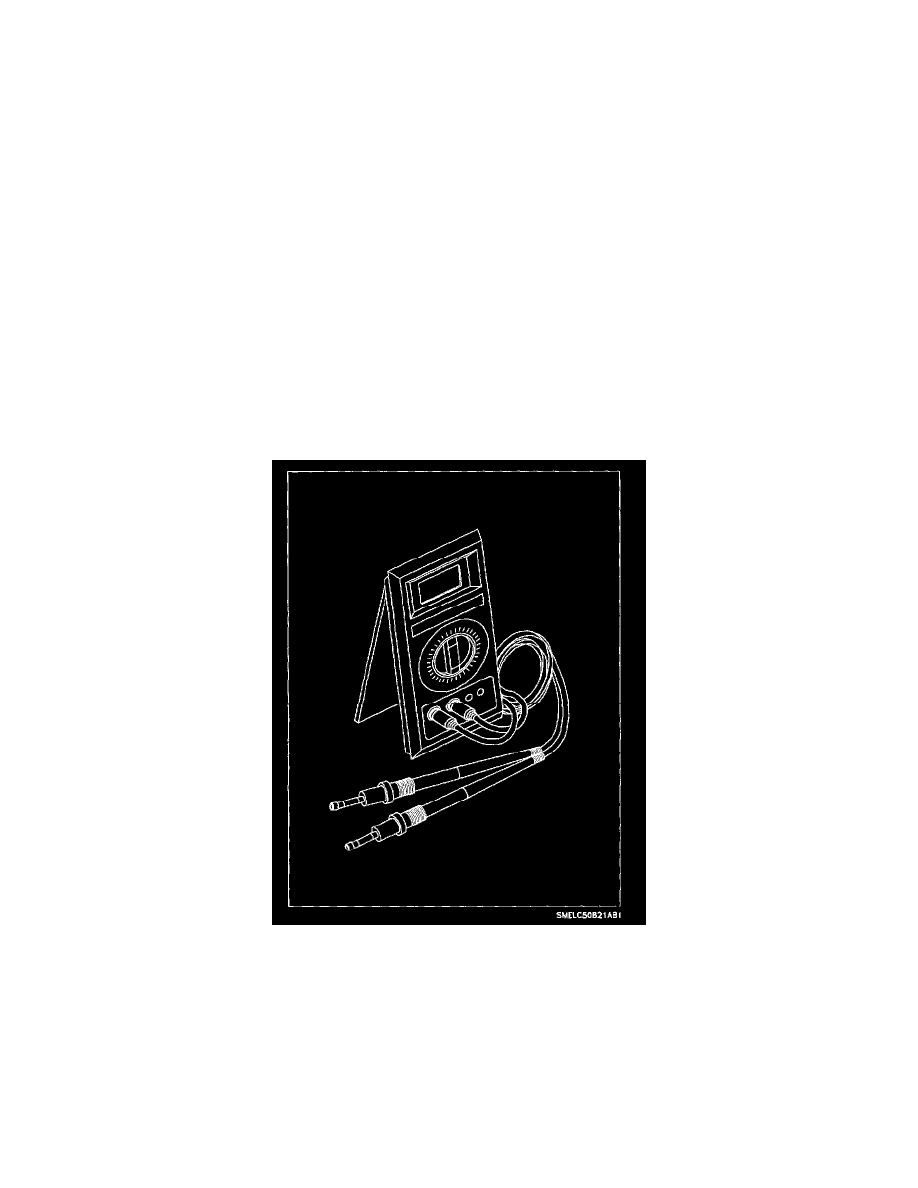L200 L4-2.2L VIN F (2002)

NOTE: When troubleshooting an electrical system, make sure there are no electrical loads ON, except for the circuits or system being tested. This will
help prevent false readings and the chance of a dead battery. After the car has been serviced, always visually inspect the battery to be sure the Green Eye
is visible in the battery hydrometer.
Before Trouble Shooting
1. Visually inspect wires and connectors.
2. Verify that terminal pins are clean and that there are no loose pins or terminals.
3. Verify that the Weather-Pac connectors are in good condition and sealed properly.
4. Check the minifuse, maxifuse or circuit breaker used to protect the circuit or system being tested.
5. Check the battery for damage, state of charge, and for clean and tight connections.
6. Check the accessory drive belt.
Helpful Hints
1. If a fuse is blown, look for a short to ground in the circuits between fuse block and the component or for a short internal to component. The short
may also be in a circuit that is switched, such as a circuit beyond a relay contact.
2. Before checking the integrity of a circuit by means of a voltmeter or ohmmeter, check to see if other components or systems fed or grounded by
the circuit are operating properly.
3. Verify that connector pin terminals are not spread apart, broken, worn, or corroded due to salt water, antifreeze, etc.
4. Verify that terminals and pins are in their correct cavities.
5. Opens normally occur at connectors, terminals, and splices.
6. Use diagnostic service probe and a multimeter to diagnose circuits that contain .35, .50, and .80 2 mm (22, 20, and 18 gage) wires. The diagnostic
service probe causes a minimum of disturbance to the circuit wiring and connections.
Digital Multimeter
Digital Multimeter
IMPORTANT: Always follow the manufacturers recommendation when checking for current. All multimeters have a maximum current rating, do not
exceed this rating. Not all multimeters contain a fuse that protects the multimeter from damage if a larger current draw is experienced. So be careful
when checking for current draw.
A digital multimeter performs all the tests that a test light can perform, with a greater degree of accuracy. In addition, a multimeter can be used to test for
current flow in a circuit.
Voltage
Voltage is the electrical pressure in the circuit and is the most commonly used electrical test setting on the multimeter. Most digital multimeters have a
